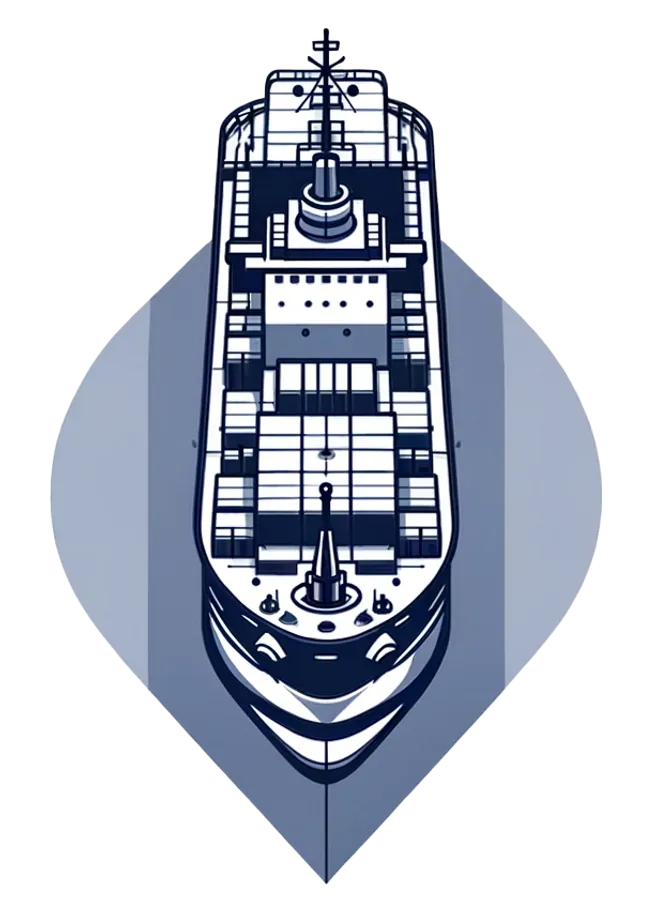The Japanese shipbuilding landscape is navigating through highly competitive waters, principally due to aggressive market dynamics in South Korea and China. Sustaining a leadership position in this sector now demands relentless innovation and adaptability.
The Forefront of Shipbuilding Innovation: Nakatani Ship Building CompanyAt the forefront of pioneering maritime advancements for the 21st century, the Nakatani Ship Building Company prioritizes groundbreaking technological developments as a core objective.
Advancements in Electric Propulsion TechnologyElectric propulsion has found its application globally across various types of vessels including passenger boats, icebreakers, and submarines. Thanks to significant advancements in controlling electric machinery, its applicability has expanded across a broader spectrum of maritime vehicles. In a bid to minimize the life-cycle costs of chemical tankers, Nakatani Shipbuilding Company has unveiled an electric propulsion, domestic chemical tanker, produced in collaboration with academic maritime research institutions.
Innovative Design and Efficiency: The "SENSHO"Introducing the "SENSHO," a revolutionary domestic chemical tanker equipped with electric propulsion. Launched into the Sea of Japan on June 11th, 2002, this vessel marks Japan's first foray into such innovative maritime technology. It embodies numerous inventive concepts and novel technologies, especially in its stern design, setting it apart as a groundbreaking achievement.
Structural and Efficiency EnhancementsThe vessel's design showcases vertically mounted screws along its hull, emphasizing simplicity and efficient design features. This configuration has allowed for a significant reduction in the engine room's space by a third, enabling a sleeker bow design and a repositioned center of buoyancy towards the stern. These modifications have radically decreased water resistance, leading to a vessel that epitomizes the smart ship form.
Environmental and Economic BenefitsWith these design improvements, the "SENSHO" achieves a propulsive efficiency that surpasses standard vessels by 20%. Additionally, it boasts a reduction in carbon dioxide and sulfurous oxide emissions by 20% and 40%, respectively. The culmination of these advancements not only contributes to a cleaner environment but also results in substantially lower maintenance expenses for the vessel.

